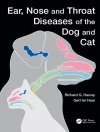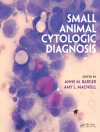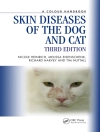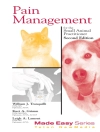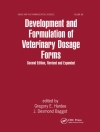Tiselius demonstrated that the immunologically active components of immune sera migrated electrophoretically in the gamma globulin region. His findings illuminated the classic observations of Jenner regarding development of resistance to infection, and those of von Pirquet, Pasteur, and Arthus regarding the transfer and specificity of resistance. Conceptual integration of these observations provided the impetus for the present modern era of immunology. Subsequent to Tiselius’s work, multiple, rapid advances have occurred in the study of congenital and acquired immune deficiency states in mice, chickens, and humans. These studies have readily demonstrated that the immunologic ability of an organ- ism to protect itself from environmental influences is a prerequisite for survival. Indeed, this necessity for protection from microenvironmental influences has promoted the evolu- tionary development of immunologic diversification, namely, host dependence upon a sophisticated, multifaceted network of cells and effector mechanisms responsible for the clearance and neutralization of toxins and potentially harmful pathogens. The obligate dependence of animals upon the functional integrity of their immunologic systems is illus- trated by the ready invasion of ubiquitous organisms when the host is in a state of immune defense derangement. Nevertheless, derangements in immune function can range from par- tial to complete and can be compatible with survival. The consequences of such derange- ments run the gamut from subclinical disease to inevitable mortality.
M. Eric Gershwin & Bruce Merchant
Immunologic Defects in Laboratory Animals 1 [PDF ebook]
Immunologic Defects in Laboratory Animals 1 [PDF ebook]
Koop dit e-boek en ontvang er nog 1 GRATIS!
Taal Engels ● Formaat PDF ● ISBN 9781475703252 ● Uitgeverij Springer US ● Gepubliceerd 2012 ● Downloadbare 3 keer ● Valuta EUR ● ID 4651347 ● Kopieerbeveiliging Adobe DRM
Vereist een DRM-compatibele e-boeklezer


